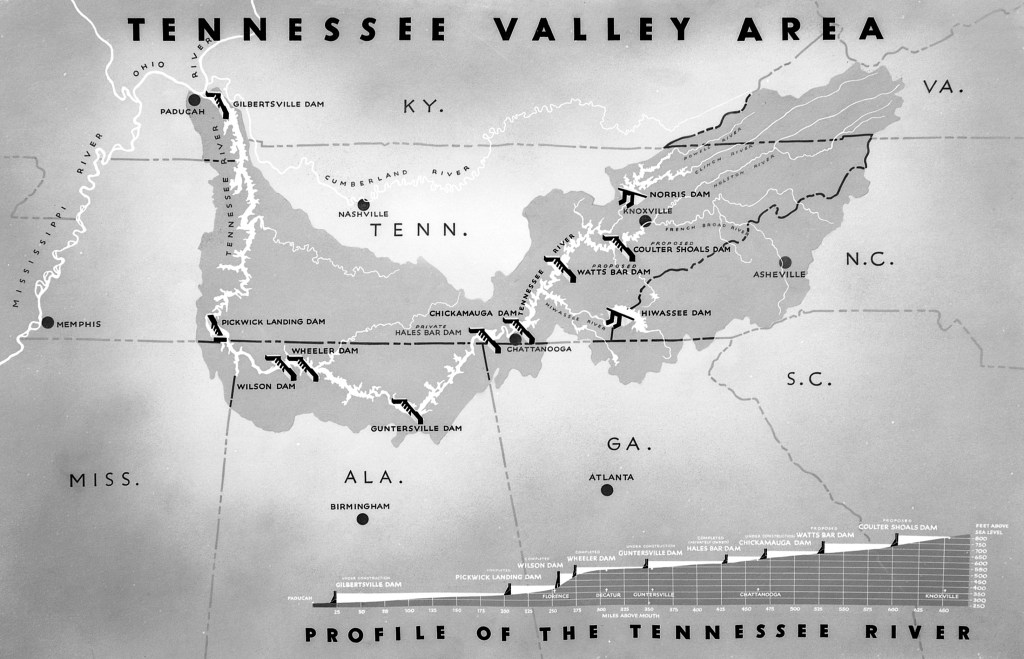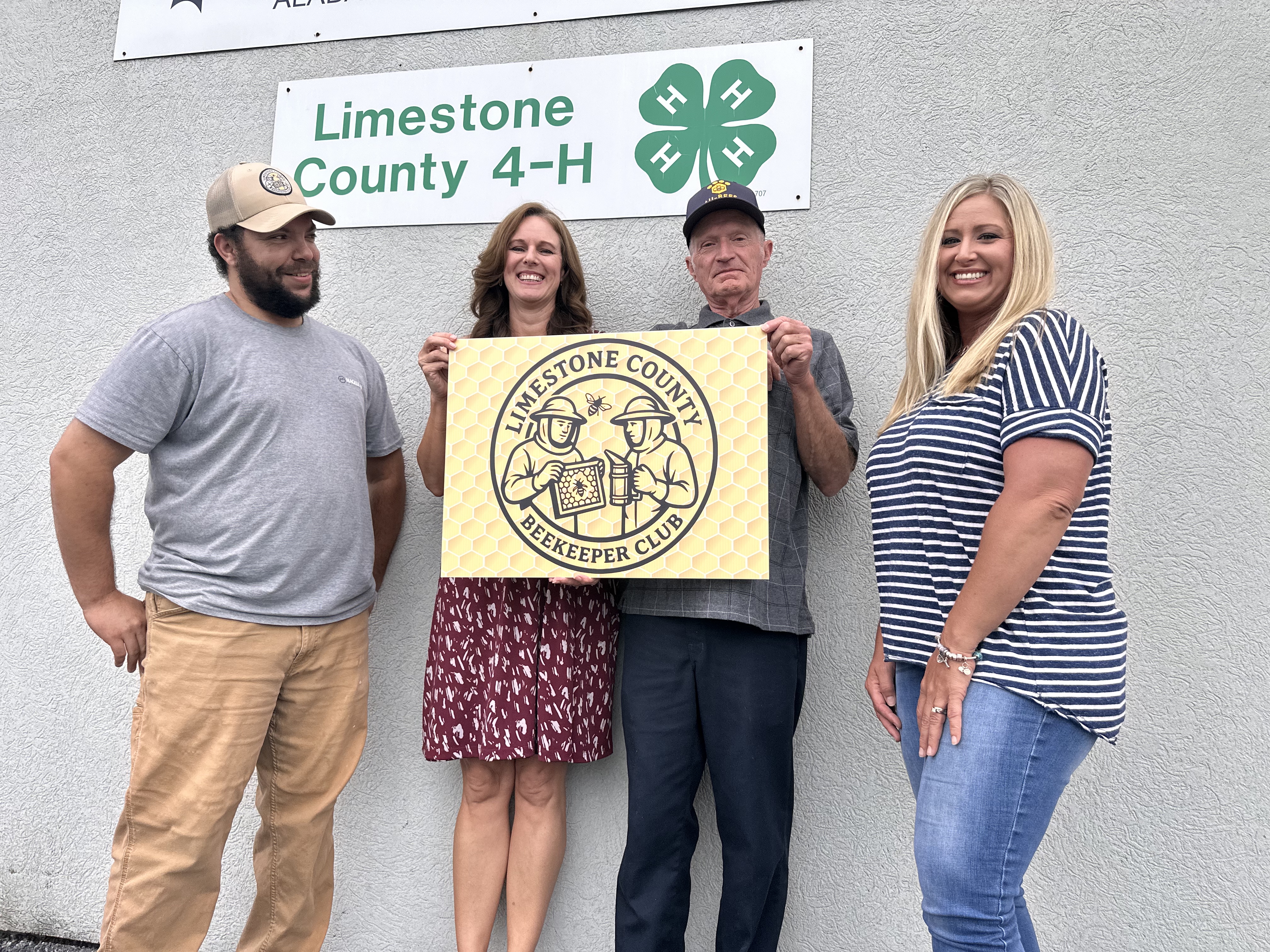‘The Great Lakes of the South’: Celebrating more than 80 years of TVA lake fun
Published 2:44 pm Wednesday, May 20, 2020

- TVA maps
Ever hear the term, “The Great Lakes of the South” in reference to the Tennessee Valley Authority’s reservoirs? Most folks relate TVA to power generation or, for the last couple of years of record rainfall, to river management. While TVA has provided electricity, flood control and navigation for the last 87 years, it also provides a great deal of recreational opportunities on 293,000 acres of public lands and 650,000 surface acres of reservoir water.
In fact, you could look at Sept. 2, 1940, as a turning point for outdoor recreation in TVA’s seven-state region. On that morning, a great deal of excitement radiated across the city of Chattanooga, Tennessee. Bunting decked the streets, along with thousands of people, hoping for a glimpse of President Franklin D. Roosevelt, whose car was making its way from the train station to Chickamauga Dam. A crowd of 50,000 gathered at the dam to hear FDR’s speech dedicating Chickamauga, which he noted was “the sixth in the series of mammoth structures built by the Tennessee Valley Authority for the people of the United States.”
He went on to state “the chain of man-made inland seas may well be named ‘The Great Lakes of the South.’ Through them we are celebrating the opening of a new artery of commerce, new opportunities for recreation, relief from the desolation of floods and new low-cost energy which has begun to flow to the homes and farms and industries in seven American states.”
Later that afternoon, FDR traveled to Newfound Gap to dedicate The Great Smoky Mountains National Park, another federal resource that would lend itself to outdoor recreation. Both of FDR’s activities on this day are indicative of the changing role of recreation in American life.
Programmatic recreation also began to play a larger part at TVA. In 1940, Roosevelt transmitted to Congress a TVA report entitled Recreation Development of the Tennessee River System. The report stated “recreation has emerged rather suddenly as an important factor in the cultural and economic life of the nation. It ranks with education as a social force and with agriculture, industry and commerce as an economic enterprise.”
The report went on to acknowledge “only a generation ago, outdoor recreation was widely regarded as a polite form of indolence, and its economic importance was recognized only in well-established resort areas. Yet the emphasis that it is now receiving is the natural outgrowth of conditions and trends long in the making.”
This uptick in recreation continued as a trend in American life. After World War II, as 40-hour work weeks and time-saving electric appliances became commonplace in most homes, growth in the recreational and tourism industries followed. TVA, with its many reservoirs, was able to take advantage of this national trend.
All types of water sports, as well as picnicking and camping, became popular activities for many families in the region. To demonstrate recreation potential, TVA built five parks with overnight accommodations on its lakes’ shorelines — some of the first such parks in the nation. It turned these parks over to the states, which used them in later years as a springboard for developing their own park systems.
Today, recreational opportunities afforded by TVA continue to be favorable to the region, in a pay and in a play way. While there are plenty of things to do, University of Tennessee’s Institute of Agriculture released a study in May 2017 estimating the economic value of the recreation made possible by the 49 reservoirs that TVA operates throughout the Tennessee Valley.
The study found property owners on or near all of TVA’s reservoirs, and those who use the reservoirs for aquatic recreation, account for an estimated $11.9 billion in economic benefit to our region each year. That averages out to about a million dollars per mile of economic impact along the nearly 11,000 miles of shoreline that comprise the Tennessee River system.
Last week, most recreation areas reopened, including trails and boat ramps. As TVA continues to focus on health and safety during the pandemic, the authority invites visitors to enjoy recreation on TVA lakes.





